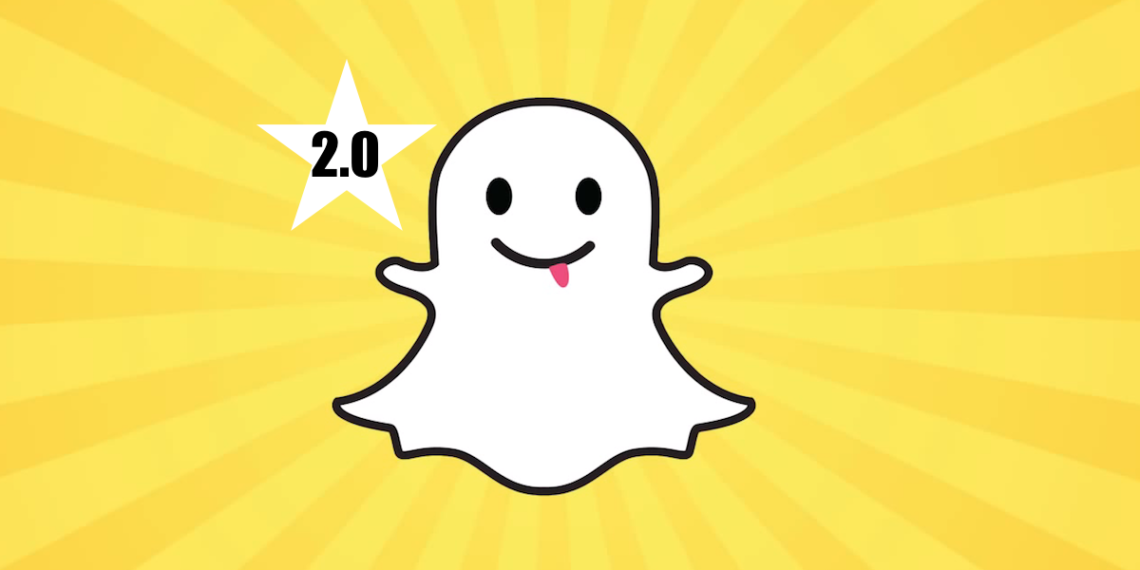
*The following is excerpted from an online article posted on TechInsider.
Snapchat was built on the appeal of photos and messages that expire and disappear. But in April of this year, the app evolved to include a new revamped messaging system that’s way more powerful than texting.
Now, it’s become a core means of communication for some users, especially teens.
While speaking with some members of Generation Z about what TBH really means and how to look cool on Instagram, we noticed a pattern: many of these teens were telling Tech Insider that they were using Snapchat as a primary means of communication.
And while some might be quick to wonder if it’s due to the fact that Snapchat messages and photos can disappear — thereby hiding anything illicit that teens may not want prying eyes to see — the teens we spoke with had far more diverse reasons than that for relying on Snapchat’s messaging system. Through interviewing a few teens by text, TI discovered why they might choose Snapchat over iMessage and texting, and while the specifics of the way each teen uses the app vary, they all had one thing in common: convenience.
“[My friends and I] will normally converse using pictures, which seems silly at the moment, but I know sometimes I will have a whole conversation and the pictures are of our dogs,” says Liam, 17, “I’ll take a random picture just to support the conversation.”
The quick back and forth nature of the app, in addition to the ability to use photos and messages in a non-clunky setting, is appealing to teens.
They tell TI that they use the chat function interchangeably with the photo sharing aspect of the app. If a message is too long to fit across a photo or it’s something easier to explain via chat, “I’ll just slide over and type it out there. Then sometimes we’ll go back to normal Snapchatting,” 15-year-old Isabella explains to TI.
“I guess I don’t see the point in switching to iMessage when we’re both already in the Snapchat app,” she says. Liam agrees: “I think more people think it’s odd to be Snapchatting and texting at the same time,” he tells TI.
The convenience in being able to “slide over” from photo to chat and back again extends to the ability to share news. “I do that when someone photo snaps me a question or something and I know my response is too long to fit into a photo snap, and I send news stories on chat too,” Laura, 15, explains.
Additionally, the app features “stories” that anyone added as a “friend” can see, which makes it less formal for teens — almost like a community, they say. The informality of a Snapchat stories also gives users choice: They can watch someone else’s story, or not, with no pressure or obligation to reply like there would be with a message or photo sent directly.
These stories offer a view into what someone is doing, and users don’t even need to interact with one another to stay up to date. Thomas, 14, says he uses Snapchat for exactly that purpose. “I use it every day to see what my friends are up to and to communicate,” he tells TI.
Nearly all of them agree that Snapchat is a more casual way of communicating. “I’d be more likely to message someone on Snapchat that I’m not close to,” explains Laura.
Ultimately, Snapchat offers things iMessage and texting can’t — including a real-time video option — and as a result, has become the new way of communicating for teens who want more.
Source: TechInsider
http://www.techinsider.io/teens-message-in-snapchat-2016-7
Source: Homeword | homeword.com





